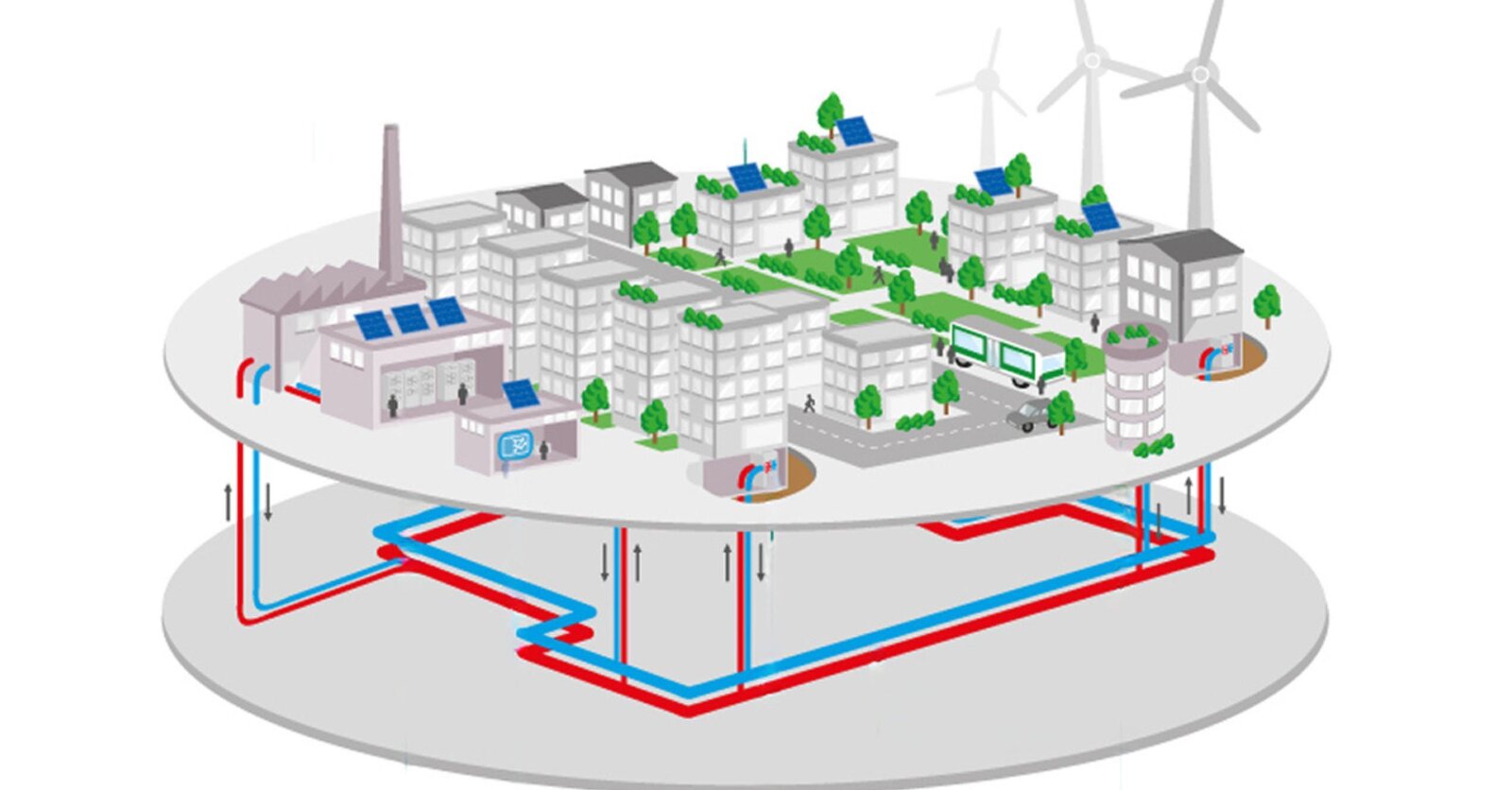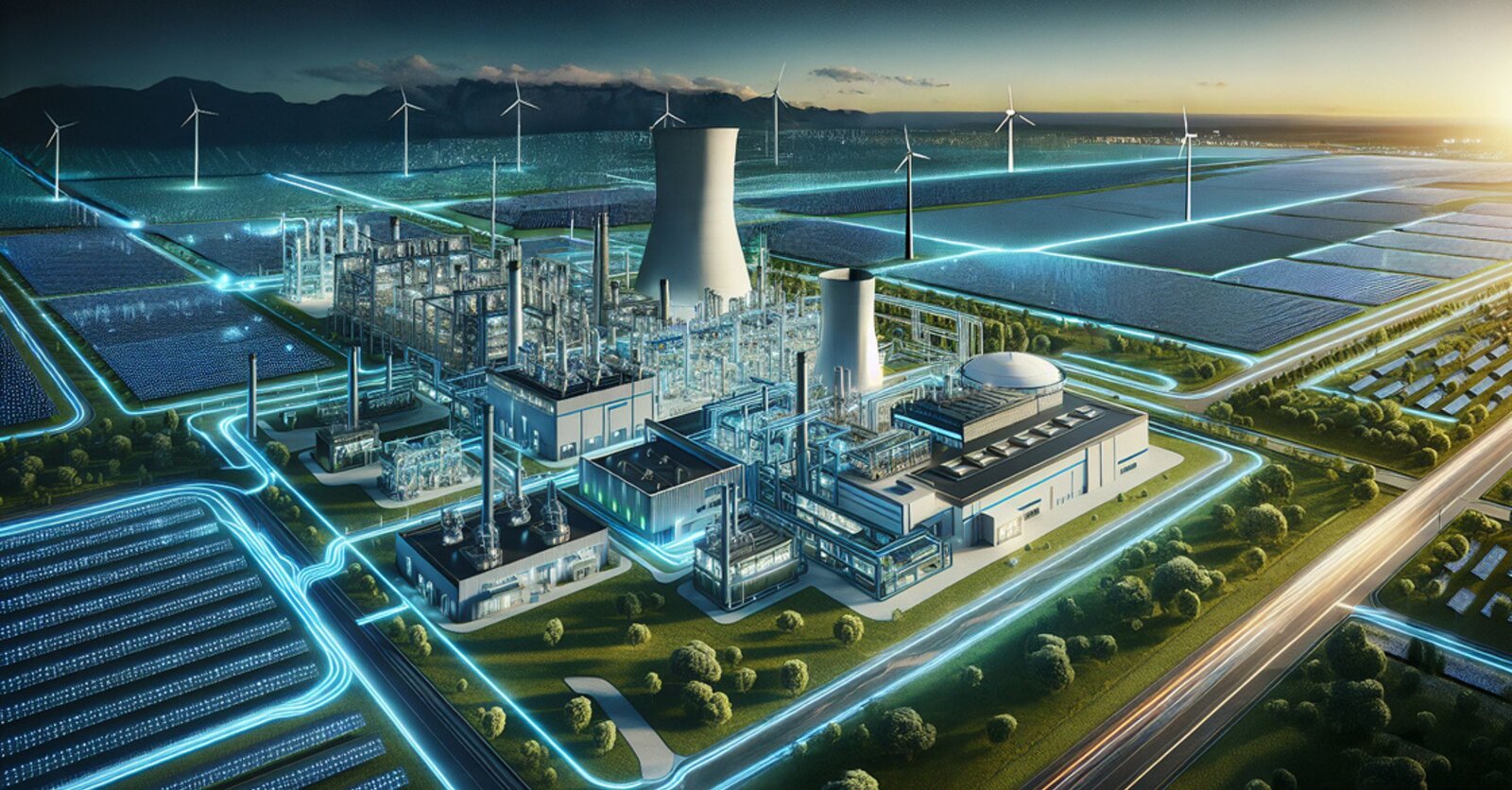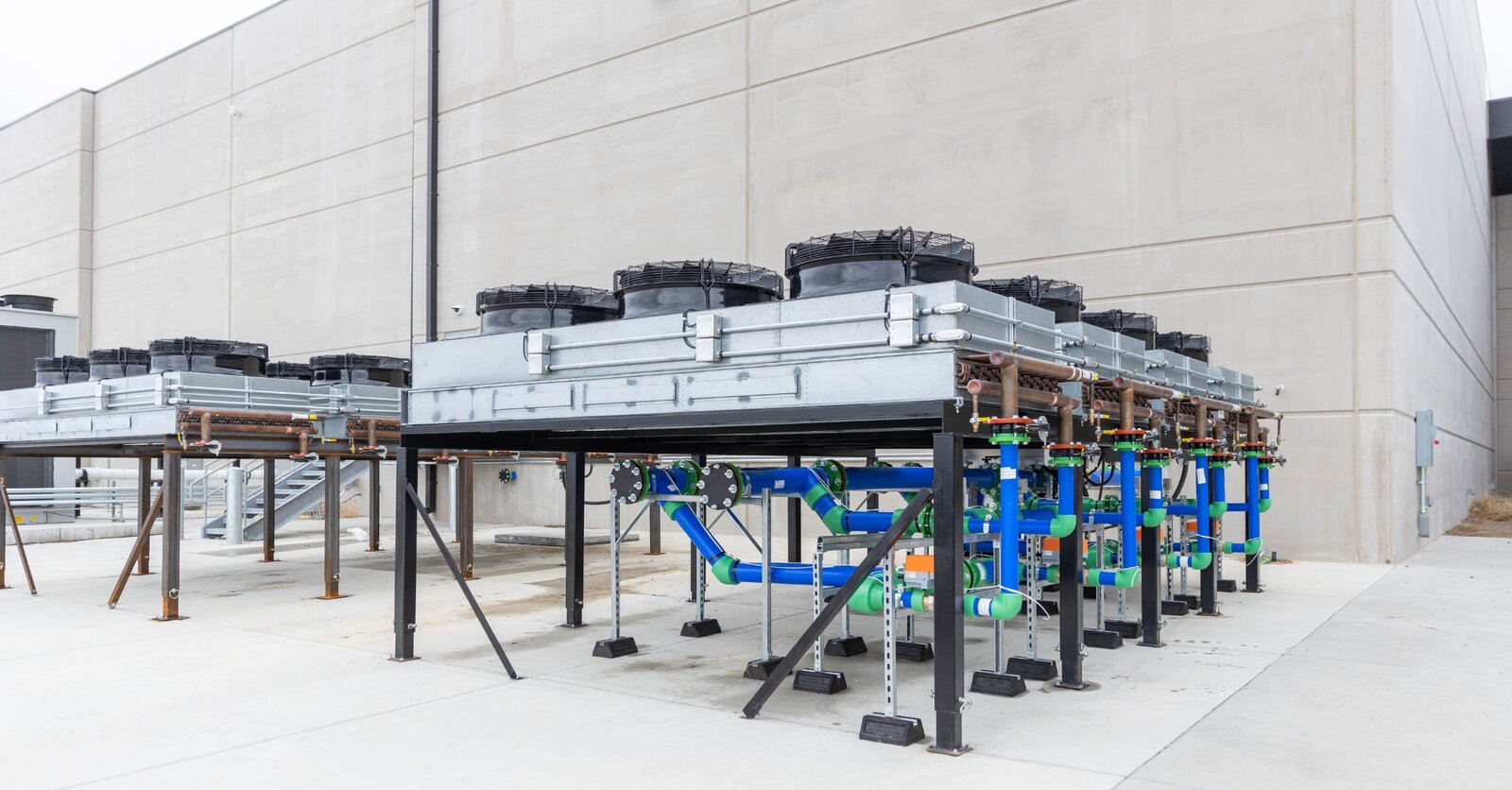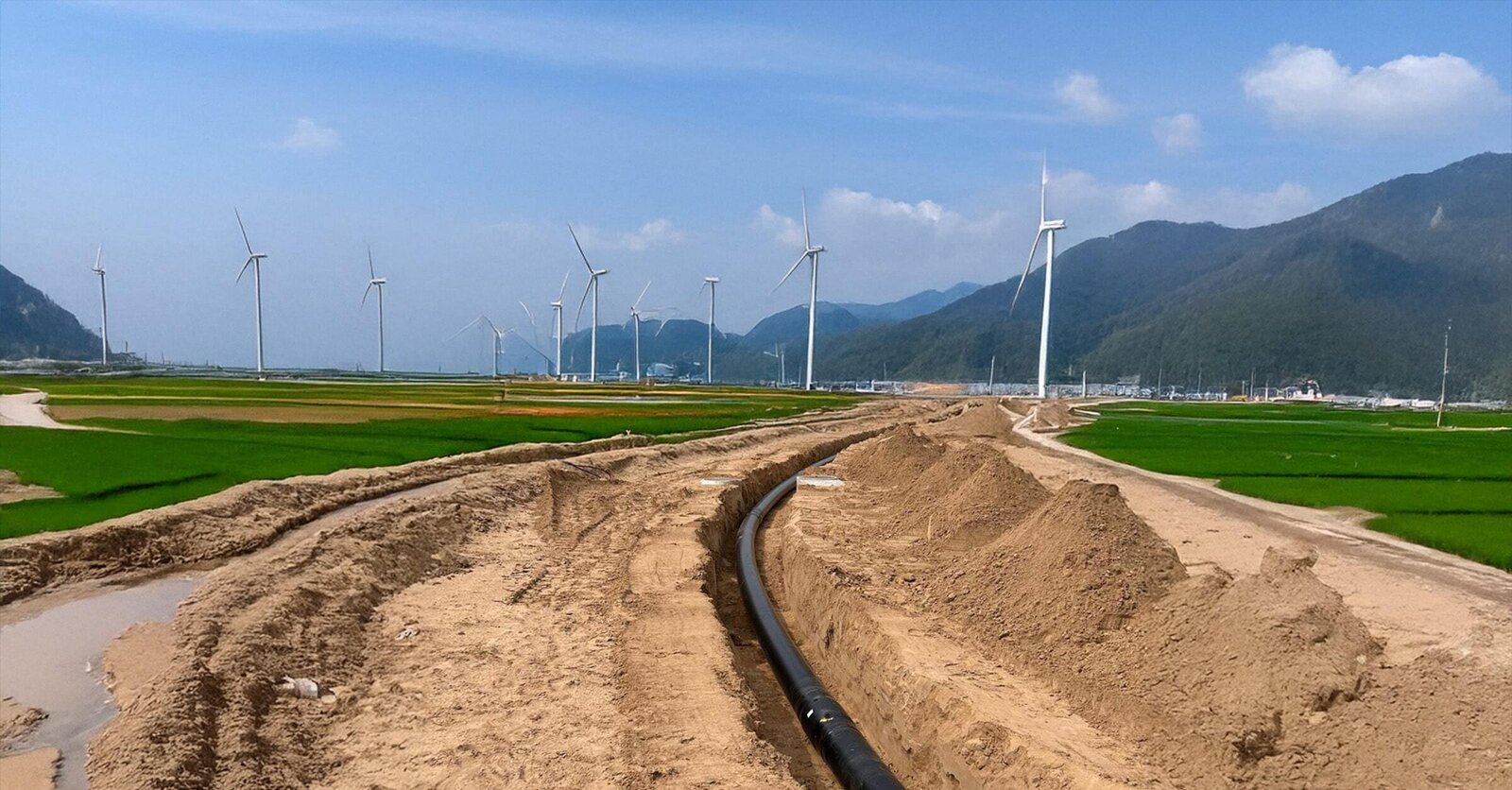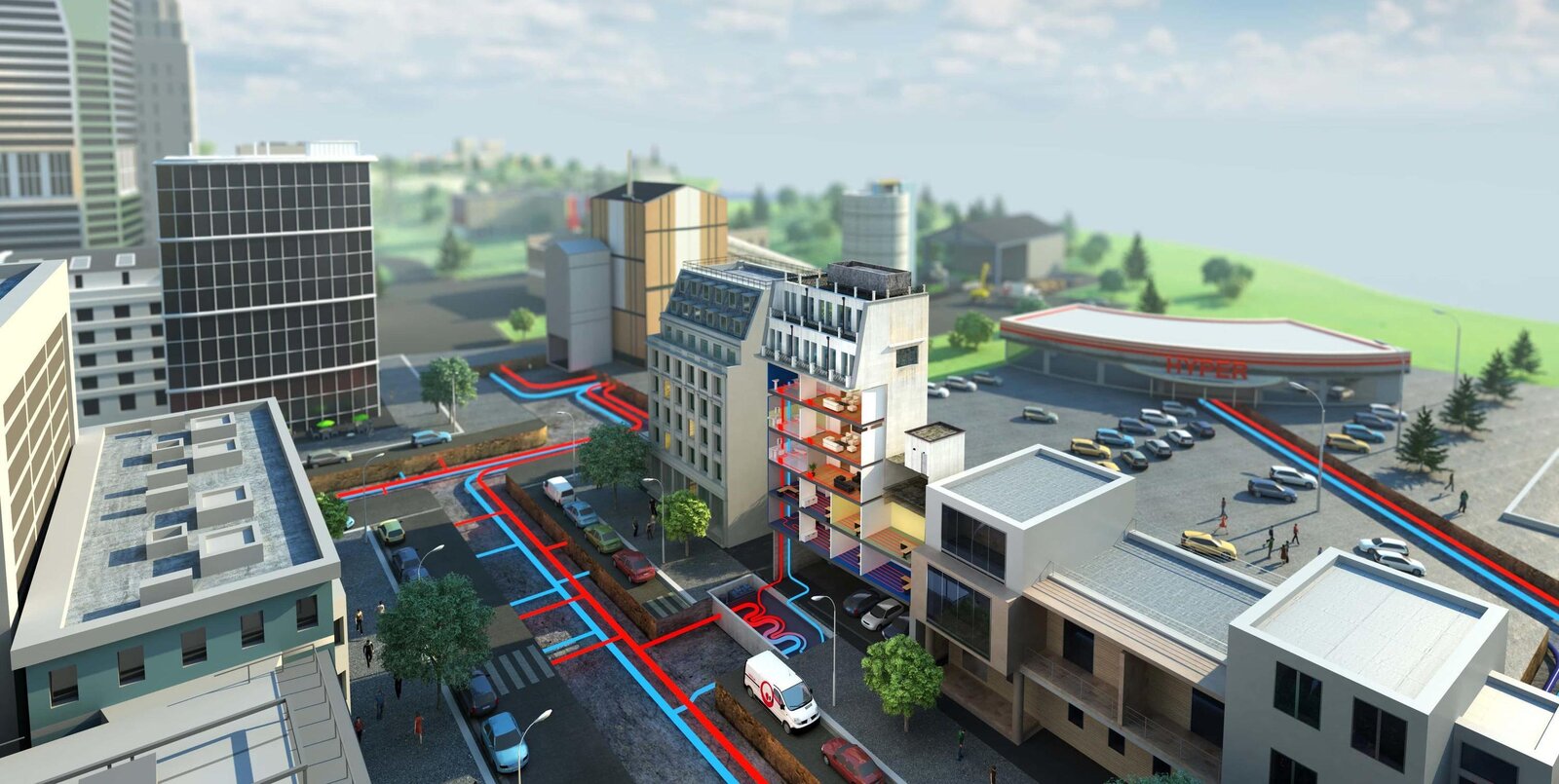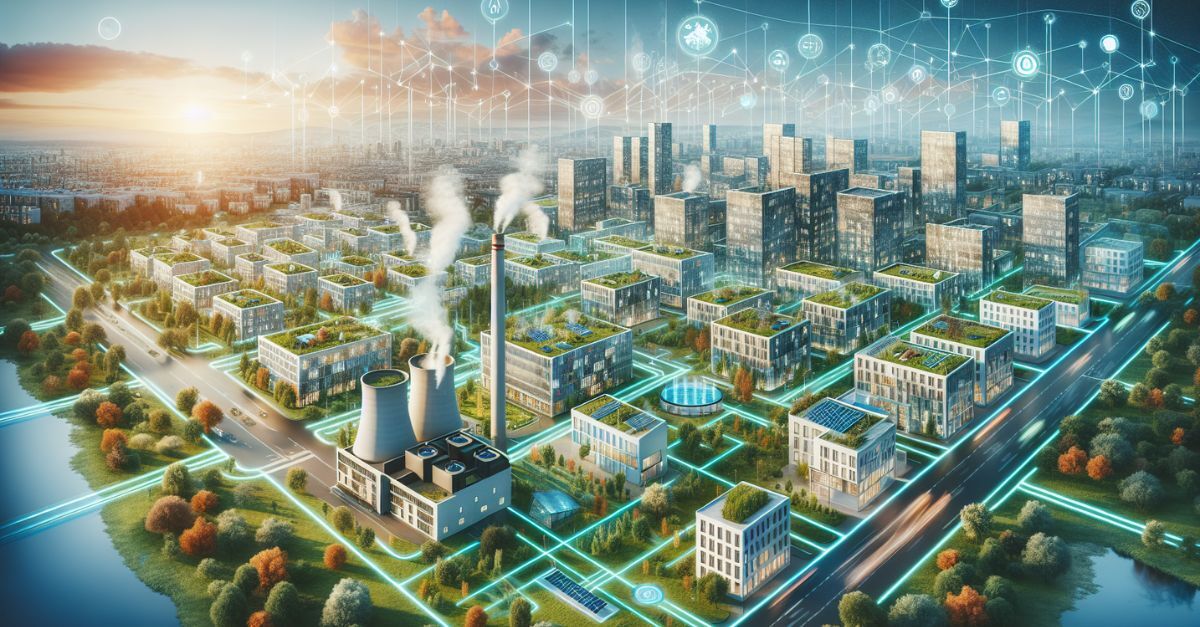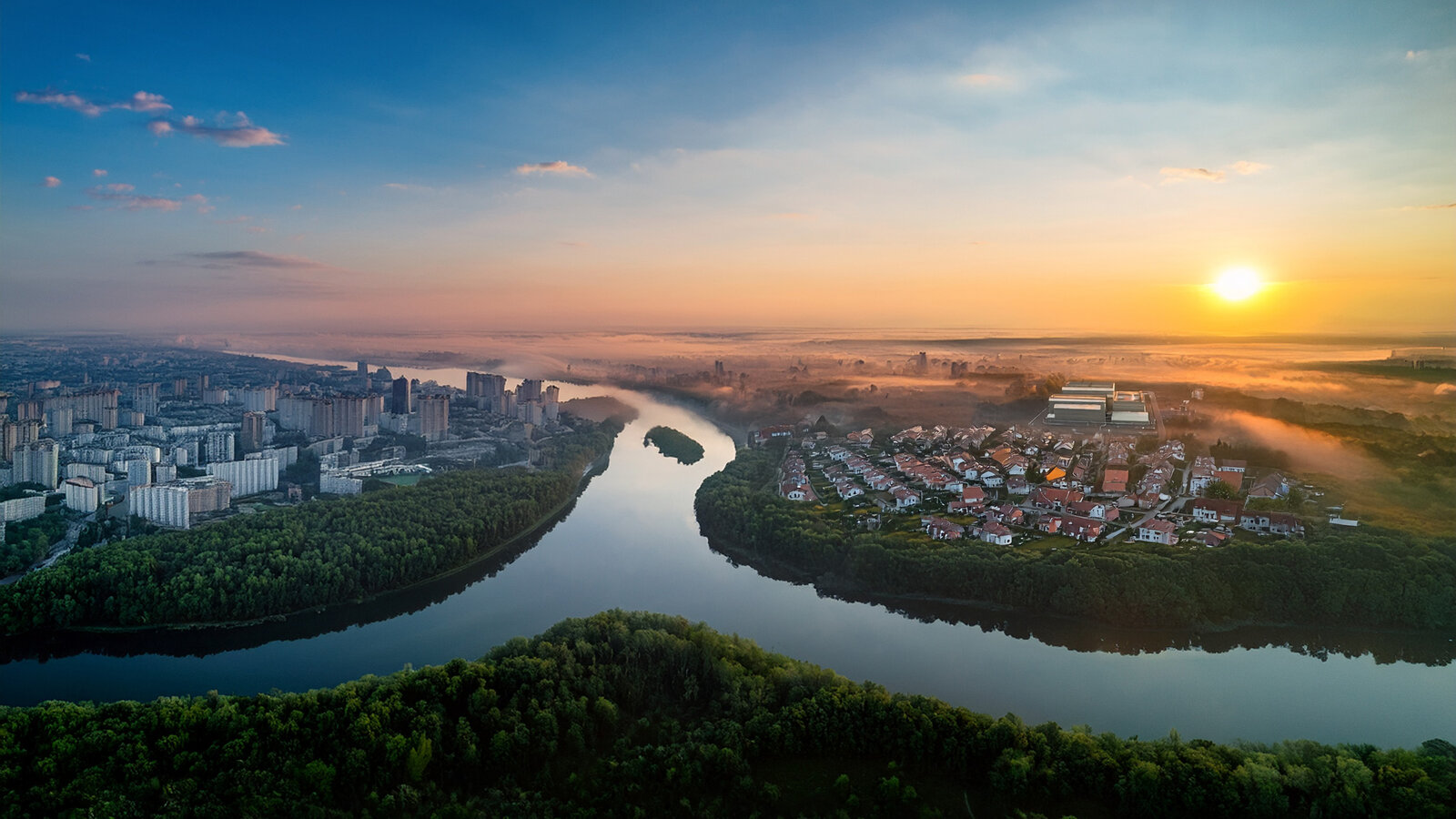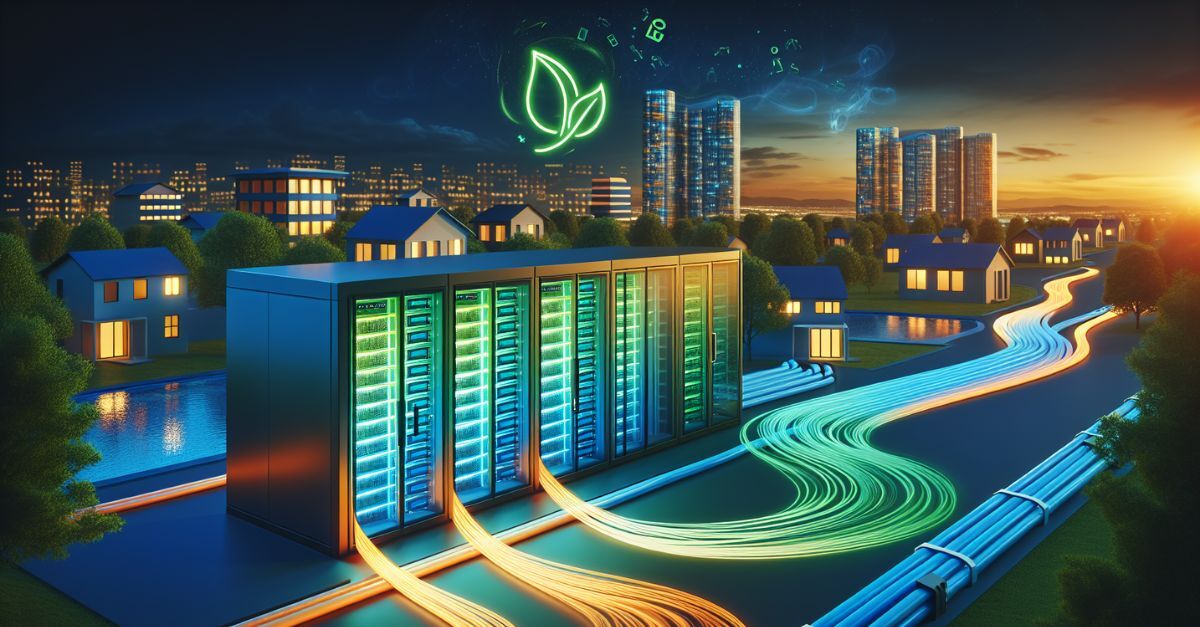Cosa si può fare con AQUATHERM RED?
aquatherm red è il primo sistema di tubazioni sprinkler in materia plastica ad essere certificato da “VDS Schadenverhütung GmbH”, il più grande istituto europeo per la sicurezza aziendale. Il materiale utilizzato, fusiolen PP-R FS, è stato sviluppato per i requisiti speciali dei sistemi sprinkler. aquatherm red offre un elevato livello di sicurezza grazie alle sue proprietà ignifughe e alla resistenza alla corrosione, risparmiando così risorse e proteggendo l'ambiente. La saldatura del tubo e del raccordo garantisce inoltre una connessione a tenuta permanente.
Come viene lavorato AQUATHERM GREEN?
aquatherm offre una tecnologia di giunzione impareggiabile: LA POLIFUSIONE.
Attraverso la polifusione, il tubo e il raccordo vengono riscaldati brevemente e poi semplicemente uniti - fatto!
La materia plastica si fonde in un'unità omogenea e coesa. Il doppio spessore del materiale nel punto di giunzione significa doppia sicurezza nel punto altrimenti critico di un sistema di tubazioni. Con la tecnica di fusione di aquatherm si crea rapidamente un collegamento a tenuta permanente!
La polifusione impressiona per i tempi brevi di unione: es. diam. esterno 20mm = 5 sec.
Le giunzioni aquatherm possono essere pressurizzate e messe in funzione subito dopo la fusione. Non ci sono tempi di attesa.
